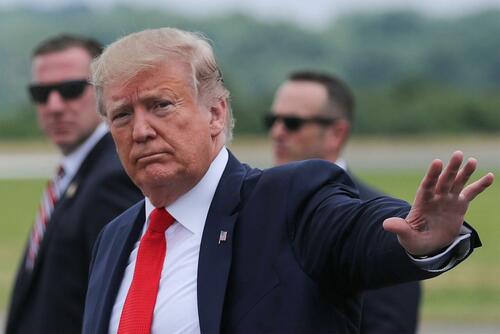The Biden Administration is making plans to prepare for the pandemic by demanding $88 billion in funding. A revised National Biodefense Strategy is expected to provide clearer guidance on how the United States government should respond to future health threats.
The ruling class insists that there’s a 50-50 chance of another COVID-like pandemic, or one that is more deadly, over the next 25 years. That’s according to a senior administration official who spoke under the condition of anonymity as the strategy isn’t yet public, and the administration’s plan is the result of more than a year of work by U.S. national security and public health experts to improve the nation’s framework for preparedness, response, and recovery, according to a report by Bloomberg.
“The bottom line is that we know what it takes to prevent and essentially take outbreaks off the table as a threat to society,” said Andrew Hebbeler, the White House Office of Science and Technology Policy’s principal assistant director for health and life science, who has been involved in developing the strategy. “This is probably the most focused plan to date that aims to do that.”
This is not over yet. COVID-19 was just the beginning. If the sociopaths in charge can somehow get people to see an actual pandemic, instead of inventing one as they did with COVID, people will line up to be injected or have their master take care of them.
The goal of the masters is to steal more from the slaves to invest in vaccines and treatments, develop tests, build tools to detect and predict its spread and deploy personal protective equipment.
Additionally, they intend to use another plandemic as an excuse to wholly control the slaves and everything they can or cannot do by using the whole government (all of the ruling class) to take over the slaves.
Protecting the U.S. against another biological threat demands a “whole-of-government response,” said Mathew Hepburn, leader of OSTP’s Pandemic Innovation Task Force, which aims to take action on some of the goals outlined in the administration’s evolving strategy. “Frankly, it’s painful to read what we had on paper in 2012,” Hepburn said, recalling the National Strategy for Biosurveillance that he helped develop following the H1N1 swine flu pandemic of 2009. “I feel a sense of unfinished business. We knew these things and I wish we had done more to prepare for COVID.”











0 Comments